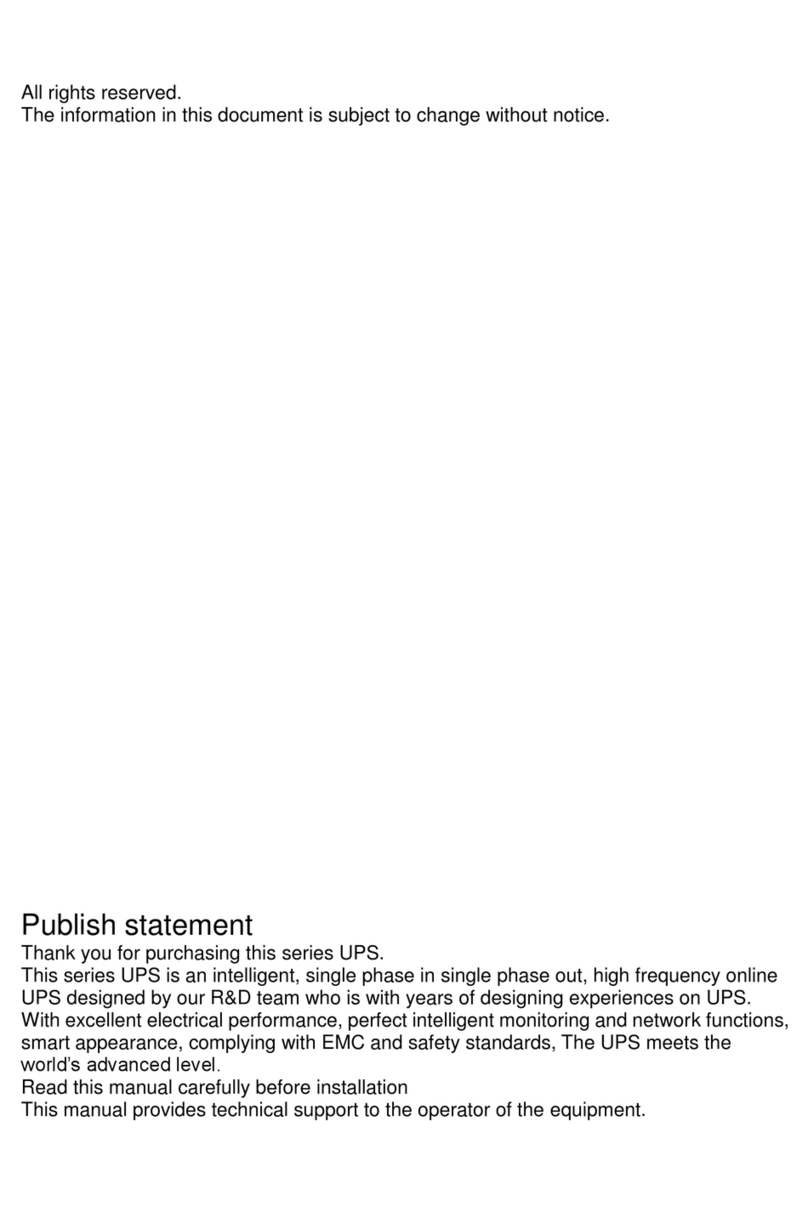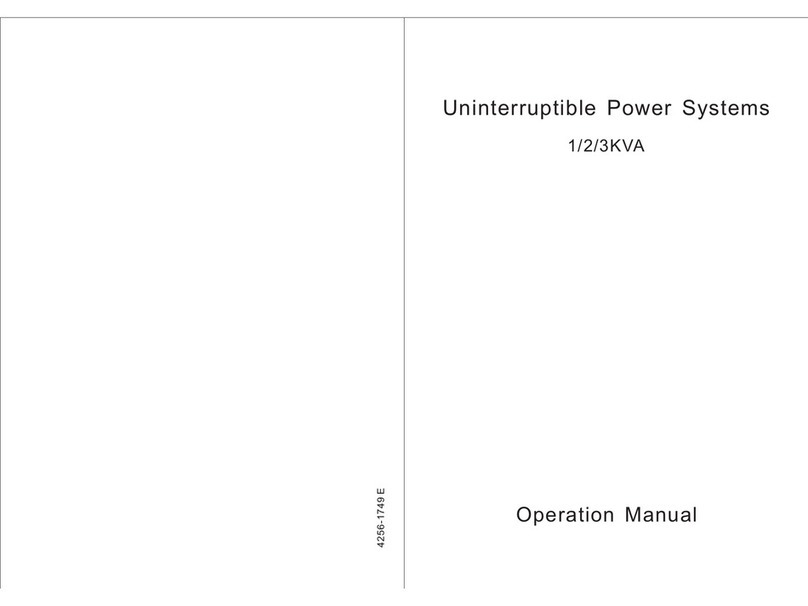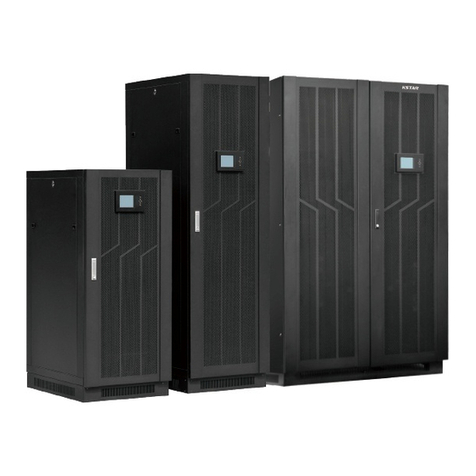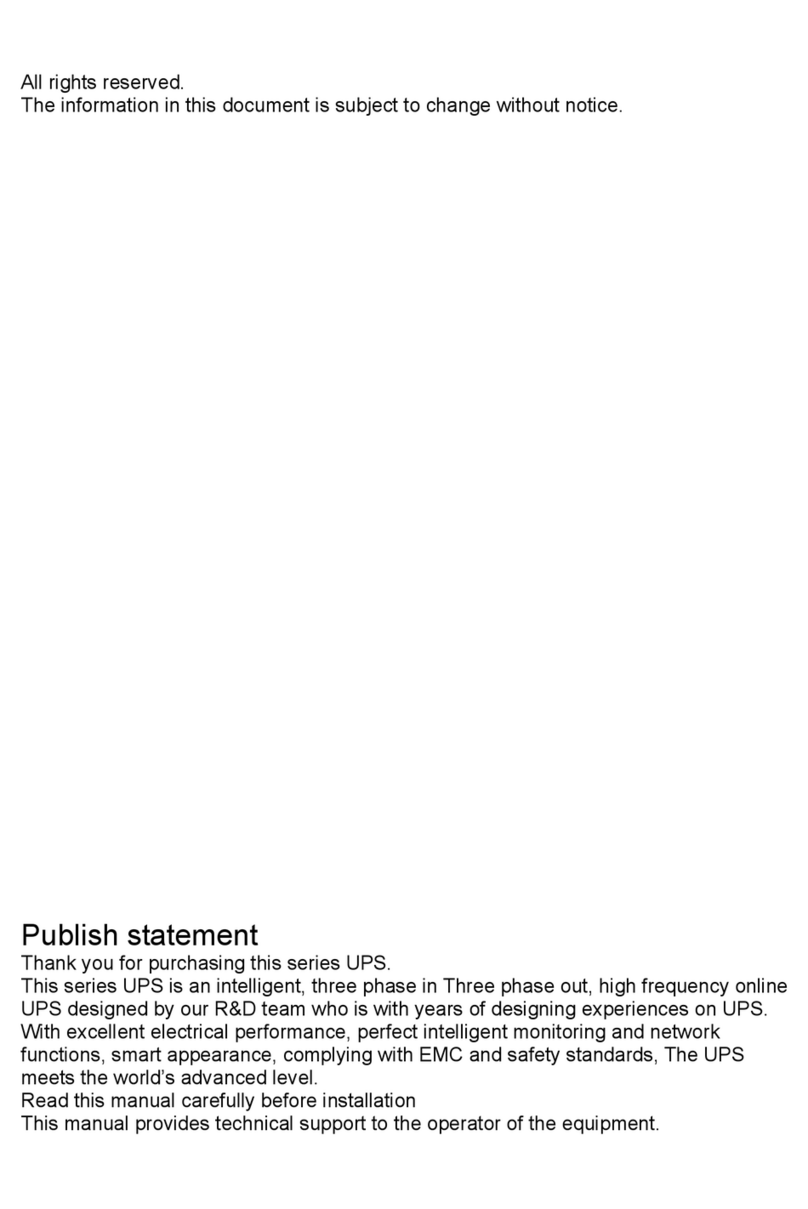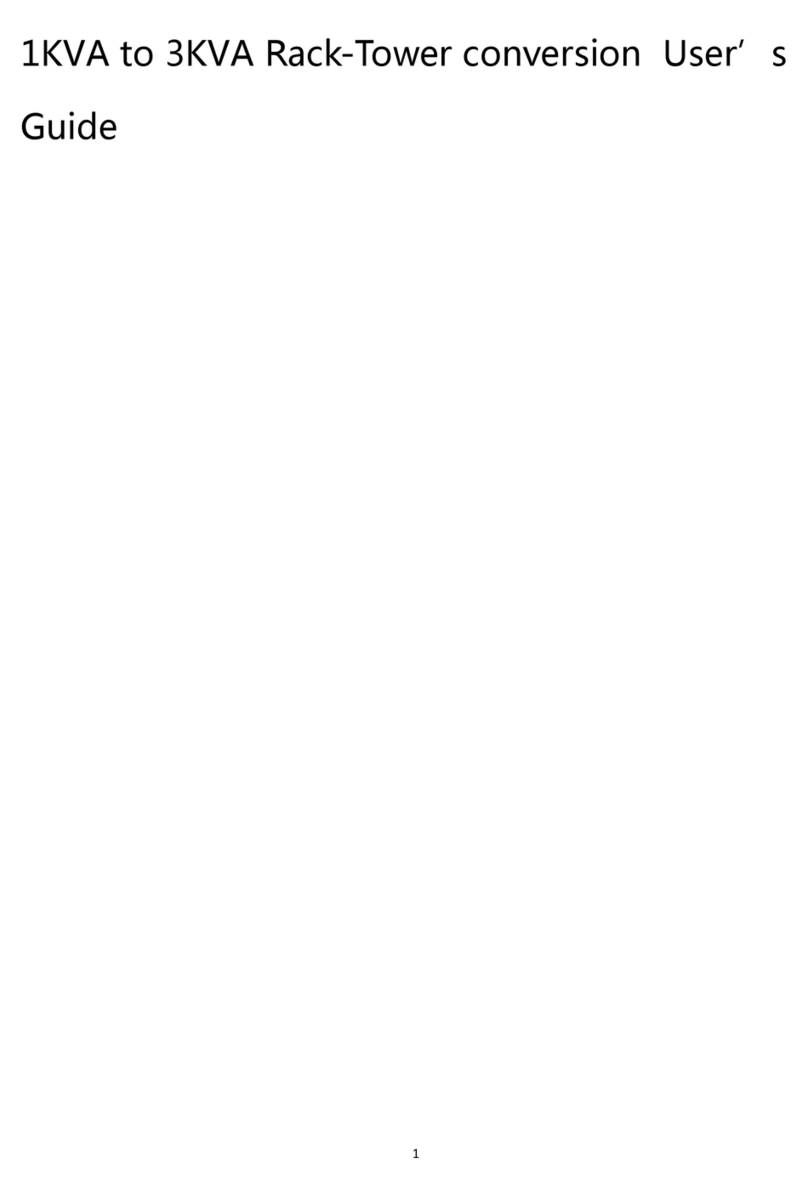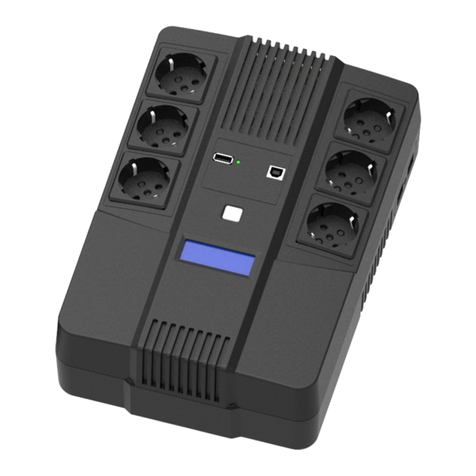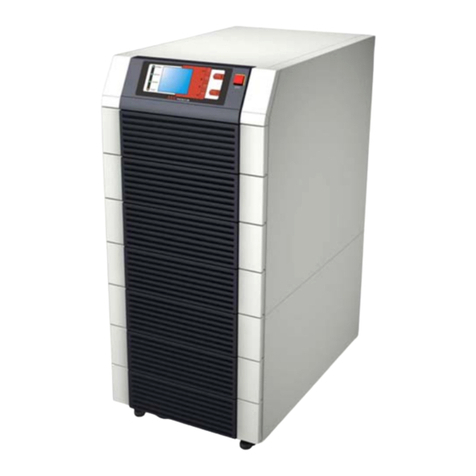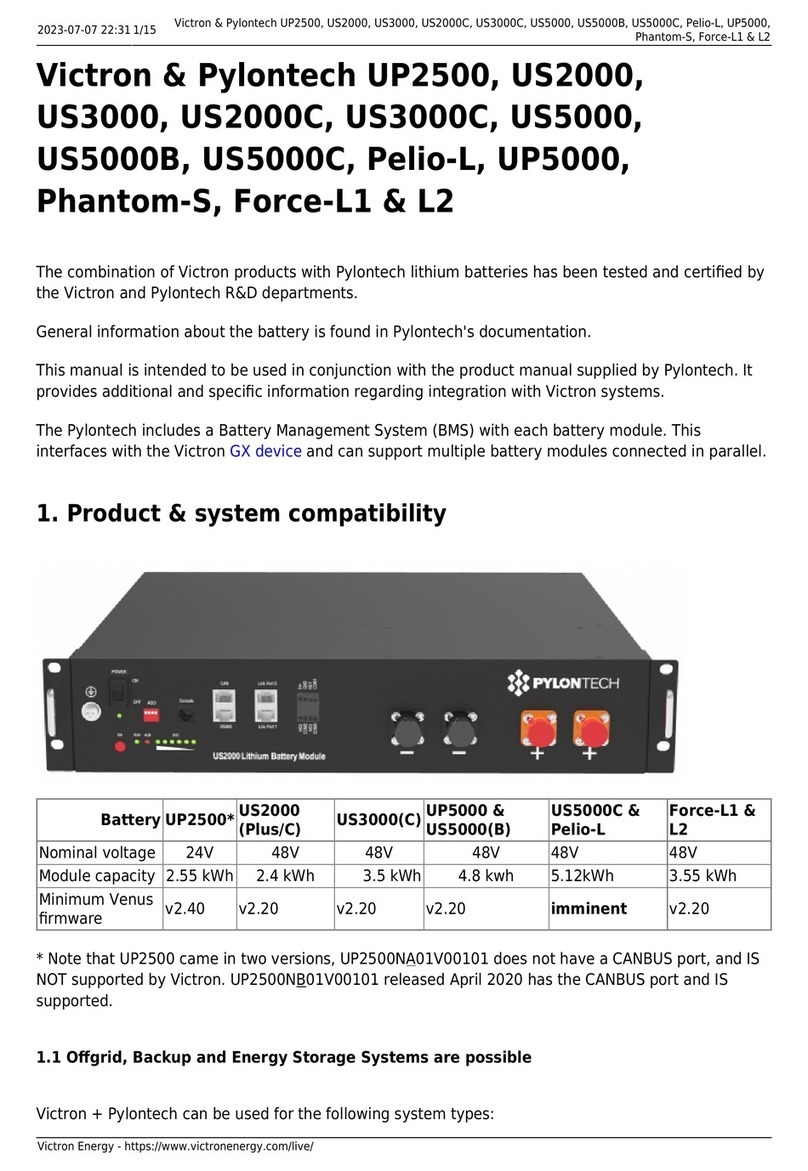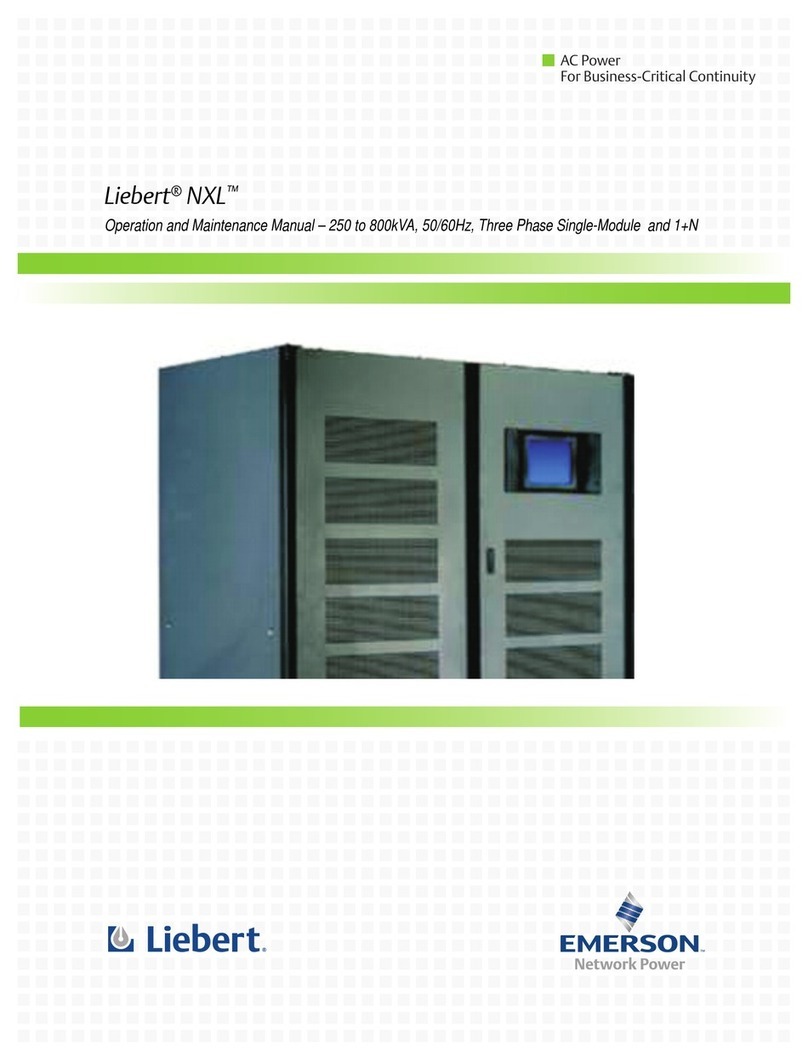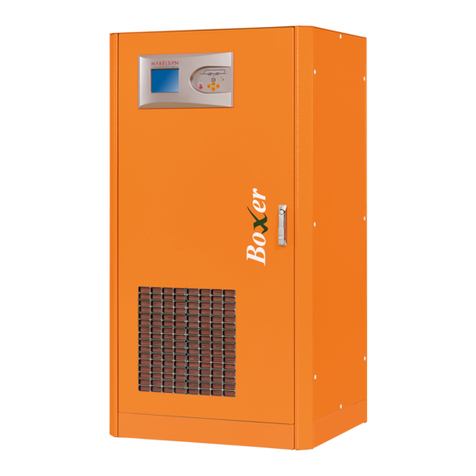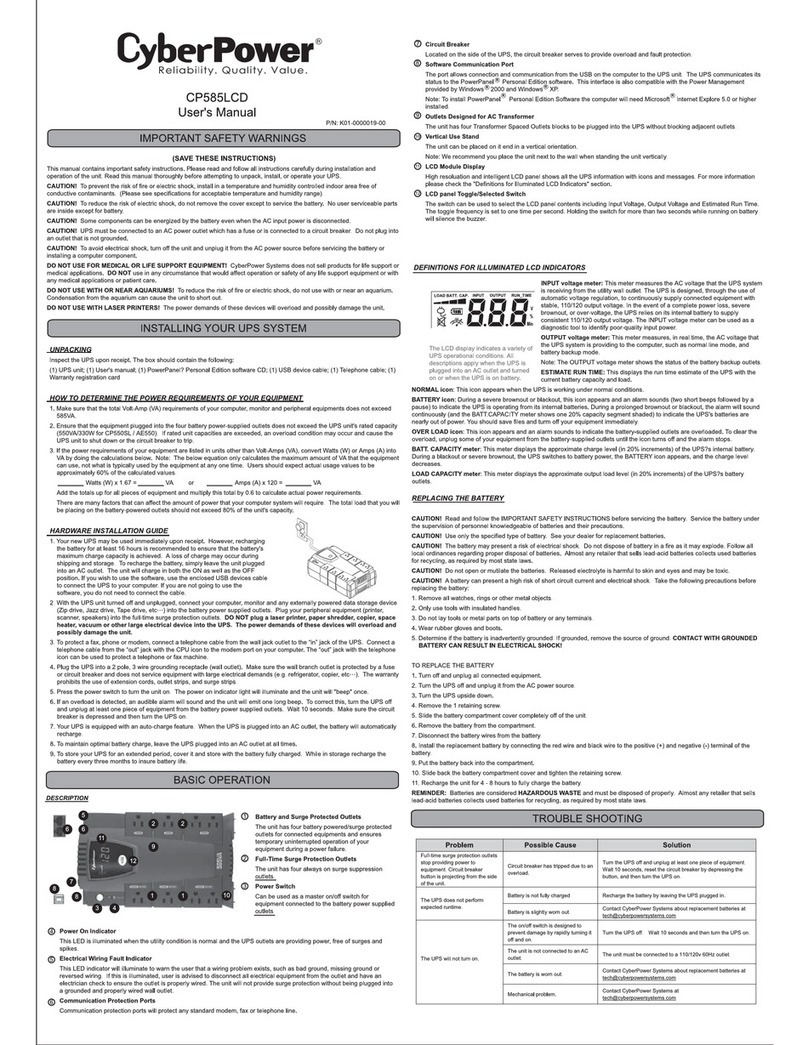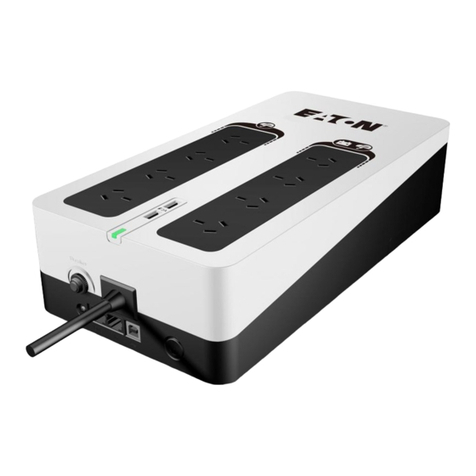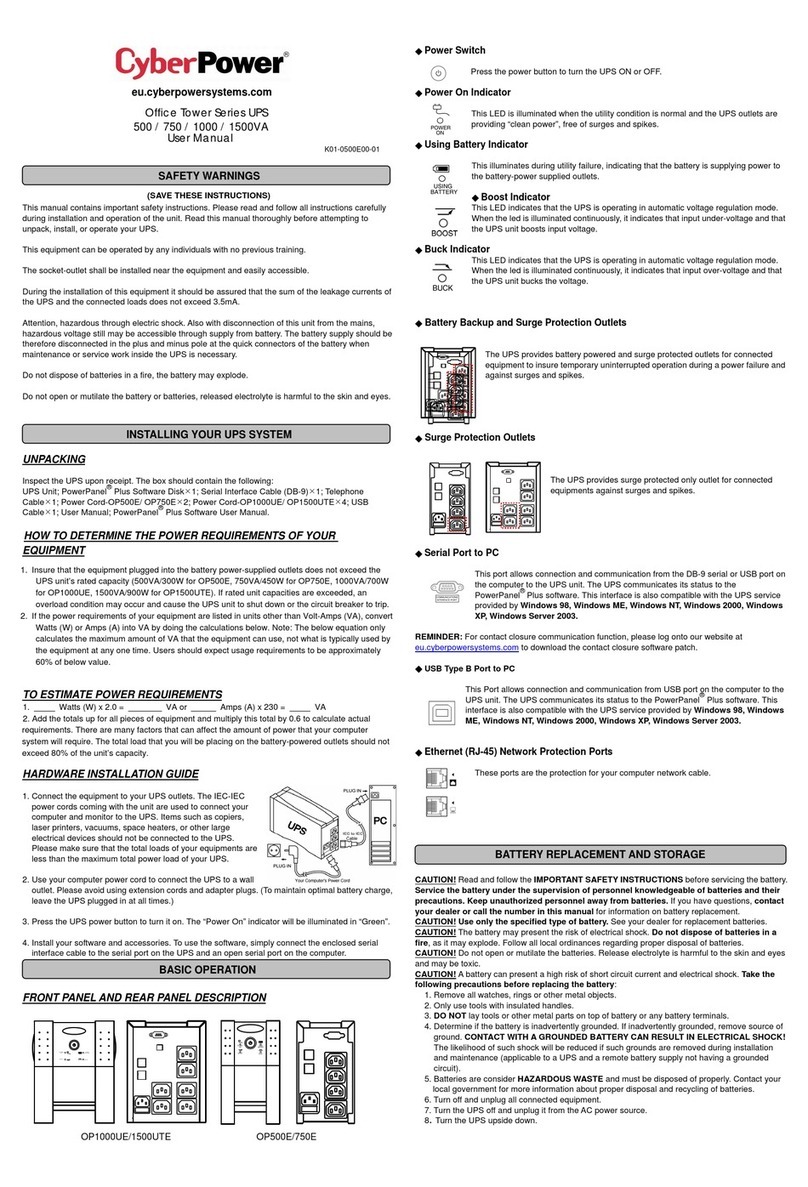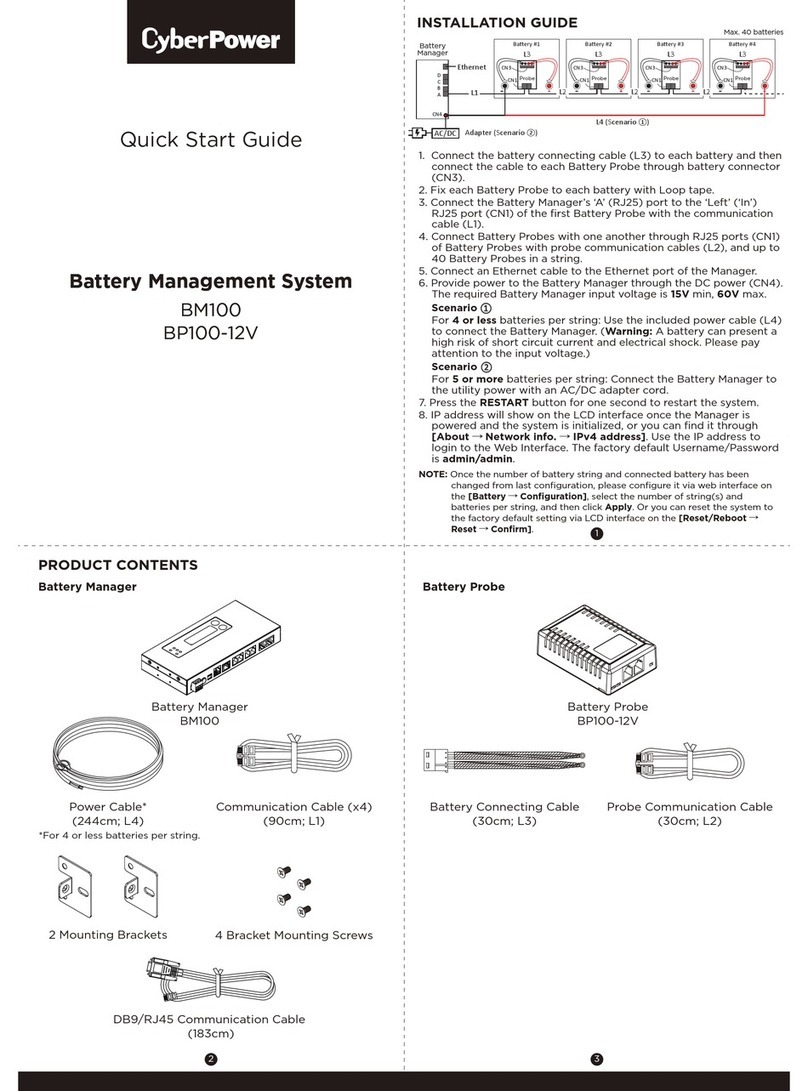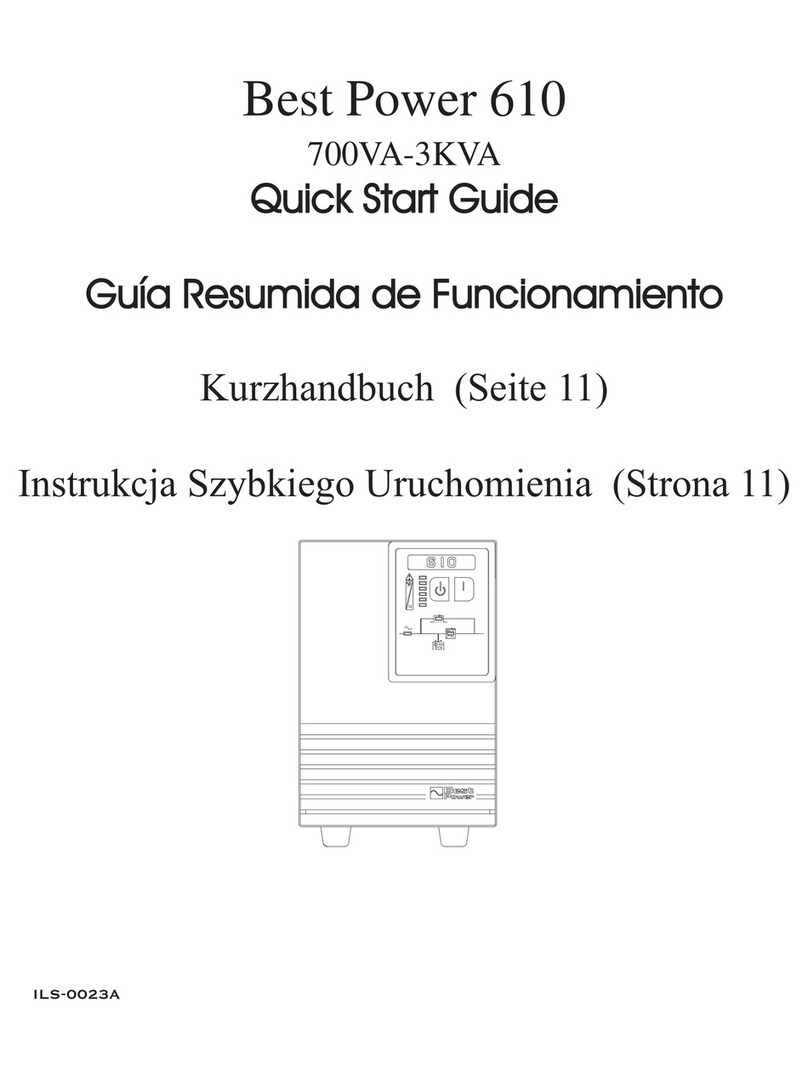
Contents
1.Safety............................................................................................................................................................ 2
1.1 Safety notes ....................................................................................................................................... 2
1.2 Symbols used in this guide............................................................................................................ 2
2.Main Features............................................................................................................................................. 3
2.1 Summarization................................................................................................................................... 3
2.2 Functions and Features.................................................................................................................. 3
3.Installation................................................................................................................................................... 4
3.1 Unpack checking .............................................................................................................................. 4
3.2 UPS Module Outlook........................................................................................................................ 4
3.3 PDU Module Outlook (Optional).................................................................................................... 5
3.4 LCD control panel............................................................................................................................. 5
3.5 Installation notes .............................................................................................................................. 6
3.6 External Protective Devices............................................................................................................ 6
3.8 Power cable connect........................................................................................................................ 8
3.9 Battery connection......................................................................................................................... 10
3.10 UPS Multi-Module Installation..................................................................................................11
3.10.1 Cabinet installation............................................................................................................11
3.10.2 Parallel cable installation................................................................................................. 12
3.10.3 Requirement for the parallel system............................................................................ 12
3.11 Computer access.......................................................................................................................... 13
4.Operation................................................................................................................................................... 15
4.1 Operation Modes............................................................................................................................. 15
4.2 Turn on/off UPS............................................................................................................................... 16
4.2.1 Connecting with Utility....................................................................................................... 16
4.2.2 Black(Cold) start procedure.............................................................................................. 17
4.2.3 Test procedure ..................................................................................................................... 17
4.2.4 Inverter Off ............................................................................................................................ 18
4.2.5 Disconnecting with Utility................................................................................................ 18
4.2.6 Parallel setting...................................................................................................................... 18
4.3 The Display....................................................................................................................................... 20
4.4 Parameters setting......................................................................................................................... 24
4.4.1 Mode setting......................................................................................................................... 24
4.4.2 Output voltage setting........................................................................................................ 24
4.4.3 Frequency setting................................................................................................................ 25
4.4.4 Battery capacity setting..................................................................................................... 25
4.4.5 Battery quantity setting ..................................................................................................... 26
4.4.6 Bypass voltage upper limit setting................................................................................. 26
4.4.7 Bypass voltage lower limit setting.................................................................................. 27
4.4.8 Buzzer Mute Setting............................................................................................................ 27
4.4.9 Periodical battery self-test Setting ................................................................................. 28
4.4.12 Parallel ID setting.............................................................................................................. 29
4.4.13 Parallel quantity setting................................................................................................... 30
4.4.14 Parallel redundancy quantity setting........................................................................... 30
4.5 Parallel system commissioning.................................................................................................. 31
4.6 Display Messages/Troubleshooting........................................................................................... 32
4.7 Options.............................................................................................................................................. 33
Appendix 1 Specifications.......................................................................................................................... 35
Appendix 2 Problems and Solution.......................................................................................................... 36
Appendix 3 RS232 communication port definition............................................................................... 37
Appendix 4 RS485 communication port definition............................................................................... 38
Appendix 5 BAT_T communication port definition.............................................................................. 39
Appendix 6 Output port definition............................................................................................................ 40
Appendix 7 MAINTAIN-AUXSWS port definition ................................................................................... 41
Appendix 8 EPO instruction....................................................................................................................... 42
Appendix 9 BMS communication port definition (Optional).............................................................. 43

